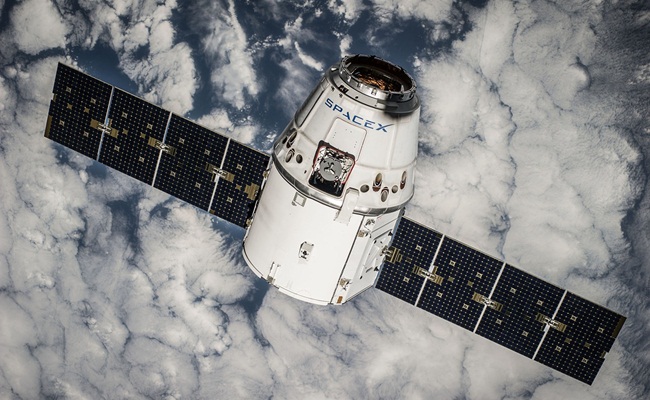Upcoming changes to the online internet service Starlink could alleviate this issue, bringing a new generation of convenience to what is now often a slow and frustrating experience.
If you like to tour with an RV or caravan, then you already know the advantages that this form of travel permits. Like any way we get around, however, it's not without caveats. The big one for many of us comes from the lack of the internet. Whether using it as a tool for work, entertainment, or to aid directly your travel pursuits, not having a reliable or powerful online connection be a major pain. Upcoming changes to the online internet service Starlink could alleviate this issue, bringing a new generation of convenience to what is now often a slow and frustrating experience.
What is Starlink
First launching in May of 2016, Starlink is a new satellite internet solution from the company SpaceX. This new system utilizes a close net of satellites that allows for far better speed than traditional space-based solutions. In older satellite systems, users could expect latency (round trip signal time) of over 600ms, and bandwidth of around 1 Mbps. Starlink, by being much closer and more advanced, offers latency of around 30ms and bandwidth of 150 Mbps in peak circumstances.
Originally developed for buildings, Starlink has also announced plans to build satellite dishes compatible with campers and larger vehicles. This could cater perfectly to certain travelers if they understand the limitations of the technology.
Starlink, while advanced, isn't flawless. Since it relies on a moving net of satellites, it can lose contact from time to time, which means dropped internet or huge latency spikes. This problem is exacerbated when the dish lacks a clear line of sight to the sky, or during poor weather, which are inevitable circumstances many travelers will face.

Photo by PublicDomainPictures from Pixabay
What can Starlink travel internet accomplish
There isn't just one simple answer to this question, as Starlink's potential depends on what you want to use it for. To that end, let's look at some common use cases to determine the strengths of Starlink, and where it might fall short.
For a base level of connectivity, we could consider simple uses such as general browsing and light interactive entertainment. Using Google Maps to search for a path, for example, is a common activity for those on the go. Since this requires little in the way of bandwidth and latency, it's a strong fit for what Starlink offers. The same level of compatibility could also be found in more interactive but still low-data pursuits like online casino games. Here, titles like Hyper Strike and Atlantis Rising all run flawlessly with Starlink's system, alongside the functionality of the rest of the website.
Stepping up data demands further could include high or ultra-high-definition video streaming over systems like Hulu or YouTube. This is another instance where latency isn't much of a concern, due to buffering being able to preload data for occasional lag spikes. According to the official website, Hulu ultra HD requires only around 16 Mbps, well under what Starlink can provide. The major caveat here is that, since streaming movies can take hours and weather conditions can change during this time, outages may occur. For this reason, it could be better to download rather than stream if at all possible, for both video and audio.
Stepping it another notch, we could turn to the most demanding internet uses like game streaming and large file management. Game streaming, illustrated by systems like Stadia can be a huge data hog at the highest quality. This can mean demands of over 35 Mbps, which is fine from a Starlink bandwidth standpoint. Less fine are the latency requirements, which are too high to be recommended for any fast or medium-paced game. Large file management, as is found in video editing or database systems, could again be fine from a bandwidth standpoint. Like with long video streams, however, unexpected outages could cause problems with those engaging along these lines.

Photo by SpaceX-Imagery from Pixabay
With unexpected delays and recent problems with satellite damage, we don't have a set release date for the vehicle-compatible Starlink dishes. Given the progress of the company so far, we wouldn't be surprised to see the new systems hit shelves in late 2022, or early 2023. As for whether it could be right for you, that means looking at what you intend to use it for, and the weather you expect to experience. For some, Starlink could be a lifesaver, but for others, going a more traditional route with local Wi-Fi or mobile hotspots might be the better choice.
Main photo by SpaceX-Imagery from Pixabay


























































































































































































































